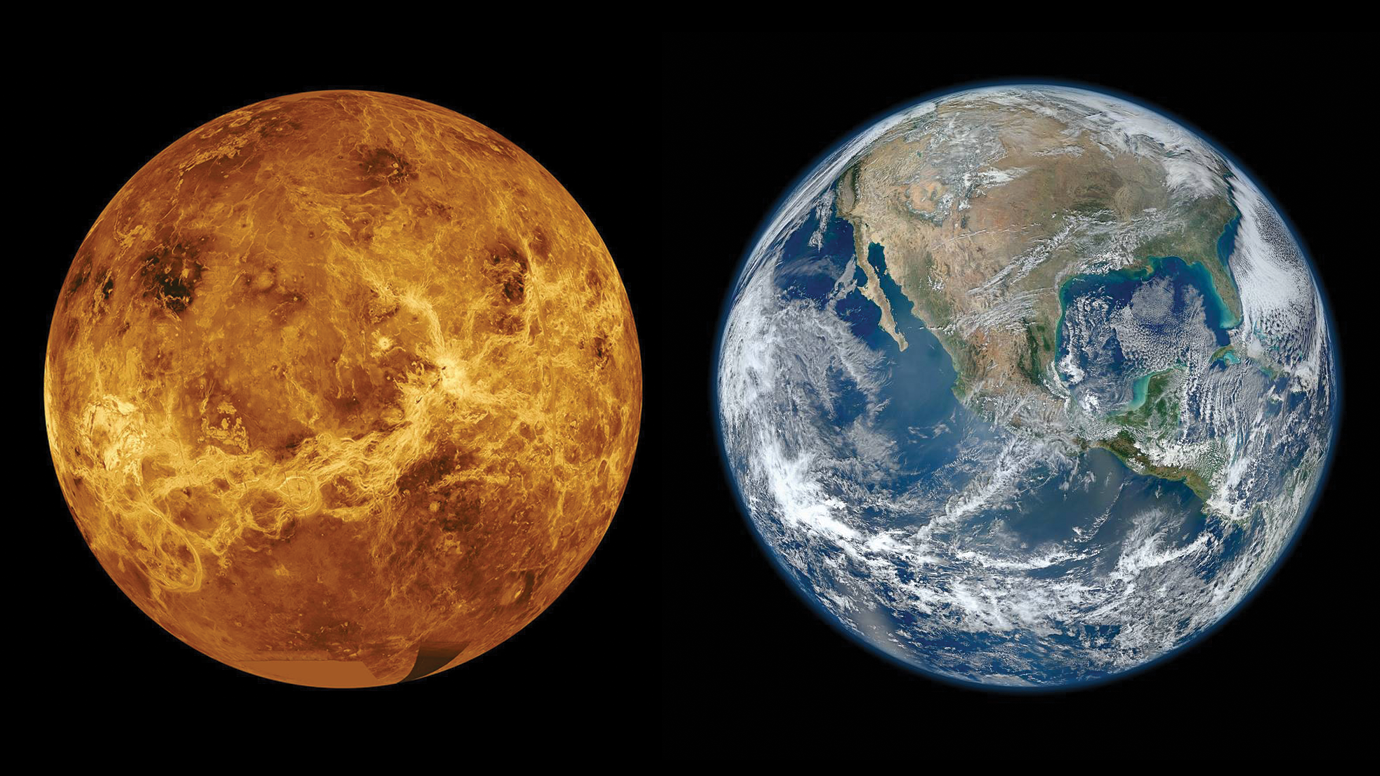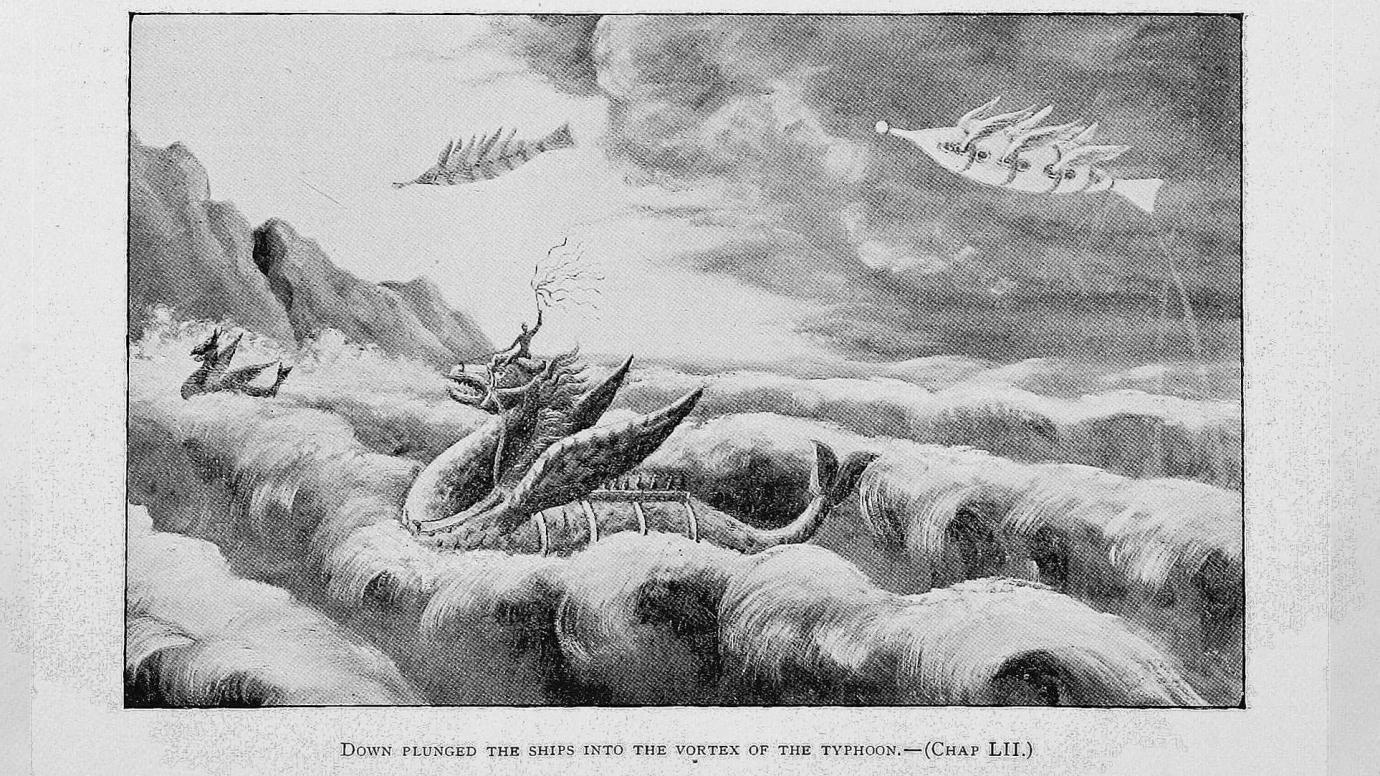10.04.2023

Research suggests the planet lost its water early on in its history
For centuries, humans have been wondering whether anyone lived on Venus. In the 1960s, telescopes delivered bad news: Modern-day Venus is thoroughly hostile to life, shrouded in thick acidic clouds and sweltering at 900°F. However, the question remained whether Venus started its life as a more habitable planet before a runaway greenhouse gas effect baked it dry.
But a new study from the University of Chicago argues there is little chance the planet was ever habitable.
By examining the composition of Venus’ atmosphere today and running simulations of its past to recreate those conditions, the researchers found very few scenarios in which the planet could have sustained liquid water and moderate temperatures for long.
“Our results suggest that Venus has been uninhabitable for at least 70% of its history—four times longer than some previous estimates,” said geophysical scientist Sasha Warren, a University of Chicago graduate student and first author of the paper, published in Proceedings of the National Academy of Sciences.
‘Earth and Venus could be cousins’
Humans love to speculate about traveling to other worlds; the earliest recorded mention of a writer describing a trip to Venus dates back to a second-century Syrian novel, and both Venus and Mars featured as lush tropical paradises in science fiction up until the 1960s.
It’s not such an unreasonable idea. Venus is a similar size as Earth and appears to have similar amounts of carbon, and in the past the sun was not as bright, meaning more moderate surface temperatures.
“From a great distance, Earth and Venus could be cousins,” said UChicago planetary scientist and associate professor Edwin Kite, the other co-author on the paper. “They’re both rocky and similar distances from the sun. But clearly they have had extremely different outcomes as far as habitability goes.”
As we discover more and more planets orbiting distant stars, scientists are very interested in understanding what factors influence a planet’s climate and habitability.
The trouble is that even though Venus is close to us, the planet keeps its secrets. Venus’ extremely hot surface means no landing crafts have lasted longer than a couple of hours, and volcanic eruptions have obliterated most evidence from ancient rocks.

However, we do have very good measurements of the composition of Venus’ atmosphere. From this, scientists can work backward to try to understand the possibilities for its past.
Warren and Kite create such simulations of the climates of worlds. These take into account everything from the incoming heat from the sun to the type of volcanic eruptions in order to understand how the planet’s surface and atmosphere interacted over time.
The biggest problem with the idea that Venus was once a habitable planet with liquid water is the question—where did the oxygen go?
If the planet did have water at one point, it would have turned into vapor as the planet heated up and then broken apart into hydrogen and oxygen in the atmosphere. But modern-day Venus doesn’t have much oxygen in its atmosphere, so something would have had to happen to disappear that oxygen. Warren and Kite looked for ways that this could have taken place.
Some oxygen could have escaped into space from the atmosphere, but it’s a heavier element that tends to stick around. Some oxygen could also have been paired off into other compounds in the atmosphere, like carbon dioxide; or it could have been combined into hot lava or magma on the planet’s surface. The trouble with these last two theories, the scientists calculated, is that they require a lot of active volcanoes—which would have released other material into the atmosphere, such as argon-40, which we don’t see much of.
Altogether, the analysis found there wasn’t a good way to hide a lot of oxygen—and the simplest explanation is that there wasn’t much of an ocean to begin with.
Warren ran simulations of hundreds of different scenarios to find out which were most likely, and they found Venus was habitable in its early days in less than 1% of these scenarios. Furthermore, none of the simulations found Venus habitable past the first third of its history.
End of a drought
But there is new hope for discovering more clues about Venus’ history.
After a long drought, three new missions for Venus are planned for the next decade: NASA’s DAVINCI, which will send a probe to Venus’ surface, and its VERITAS mission, which will map Venus from orbit, as well as the European Space Agency’s probe EnVision, which will use sound and radio waves to try to analyze the planet’s interior from orbit.
Studies like these, the scientists said, can help NASA and ESA decide where and how to look for data to understand more about Venus.
“We’re about to learn so much more,” said Warren. “It’s a really exciting time for planetary science.”
The study used the UChicago Research Computing Center.
Citation: “Narrow range of early habitable Venus scenarios permitted by modeling of oxygen loss and radiogenic argon degassing.” Proceedings of the National Academy of Sciences, Warren and Kite, March 6, 2023.
Quelle: University of Chicago
